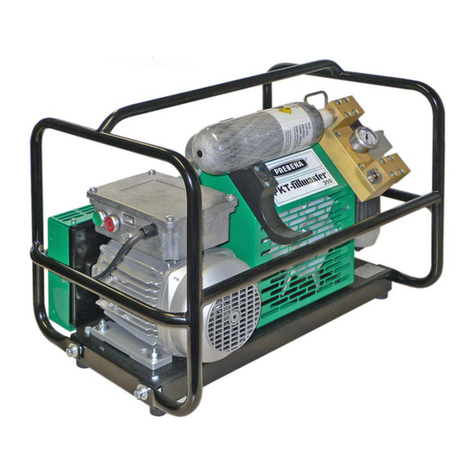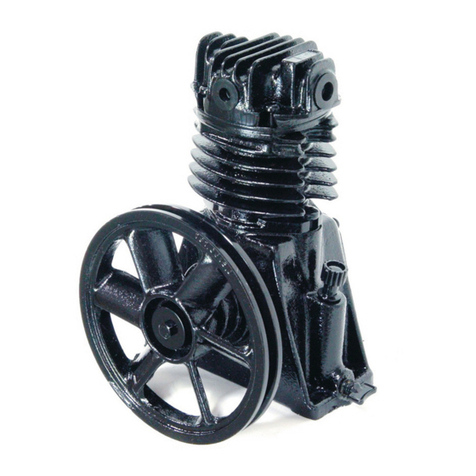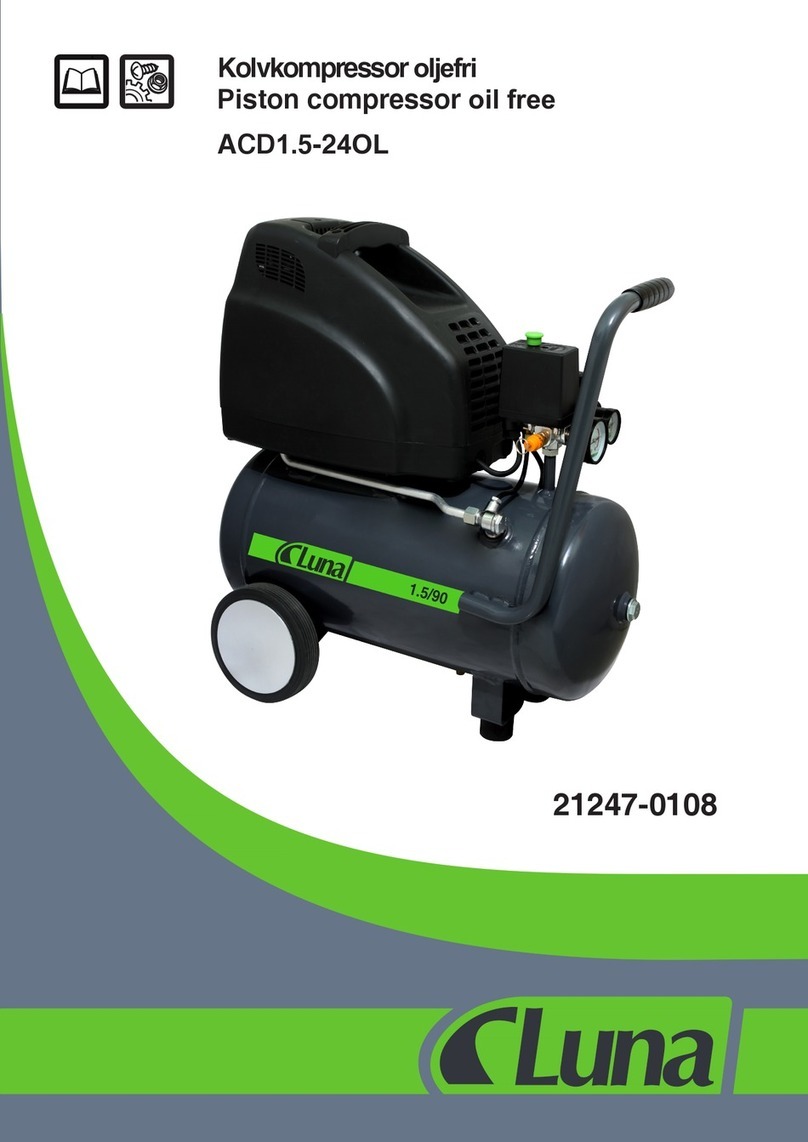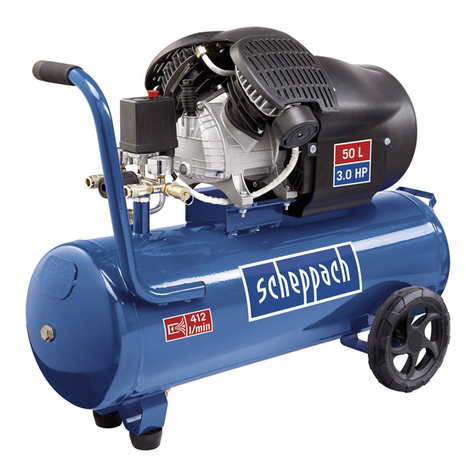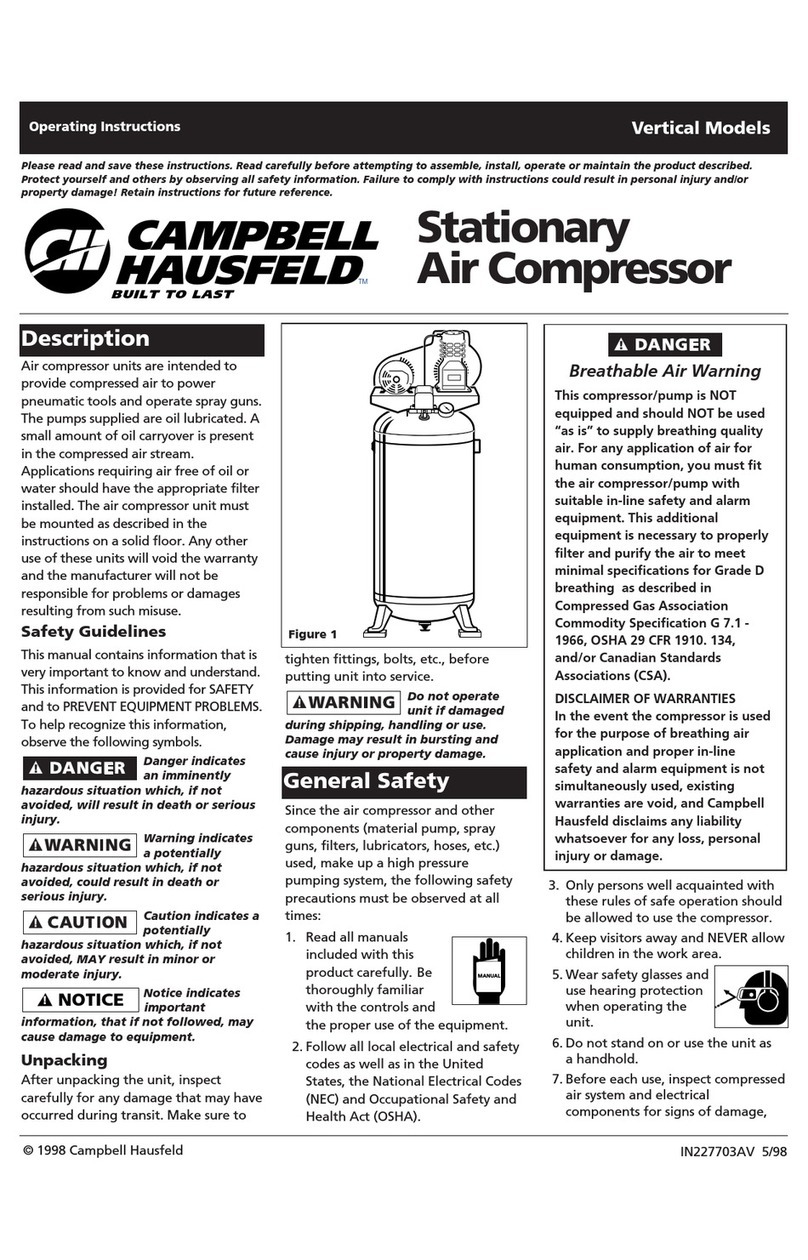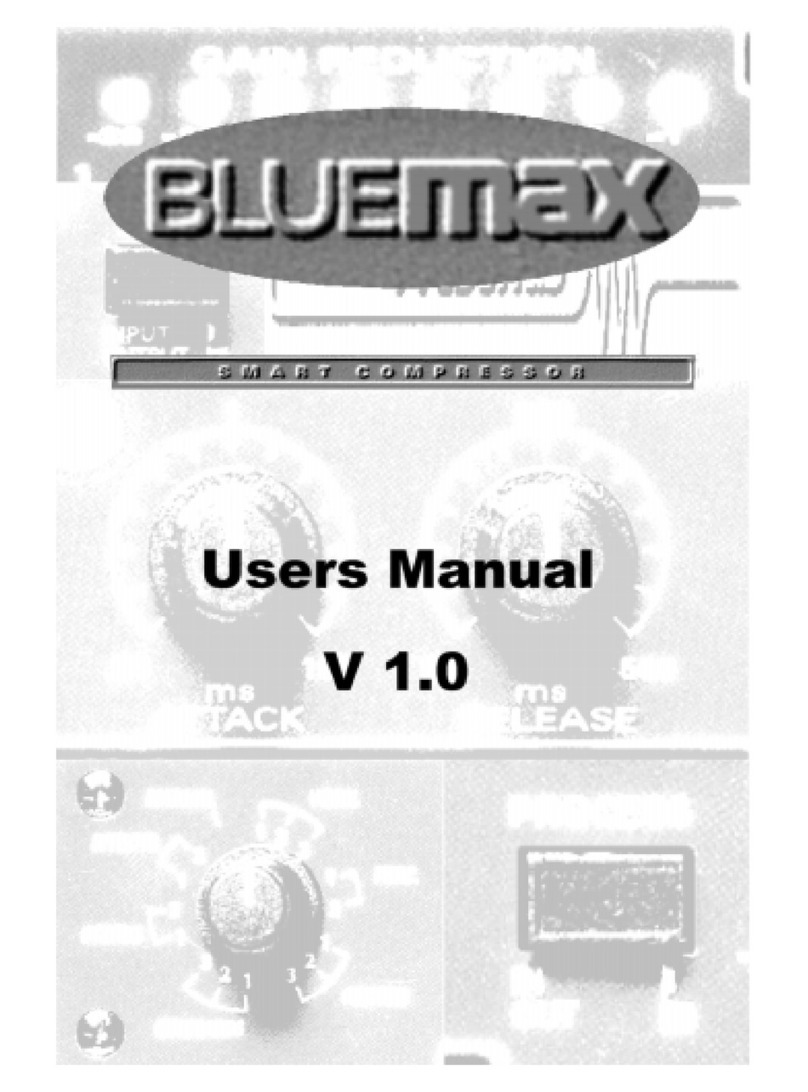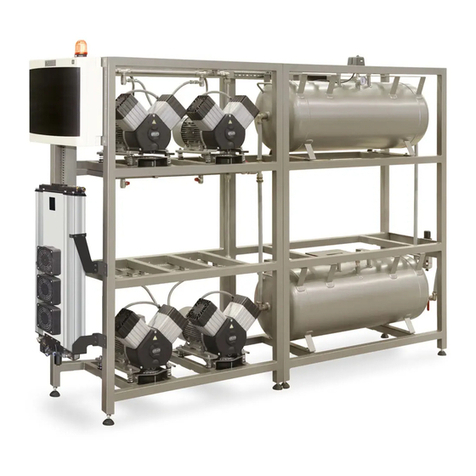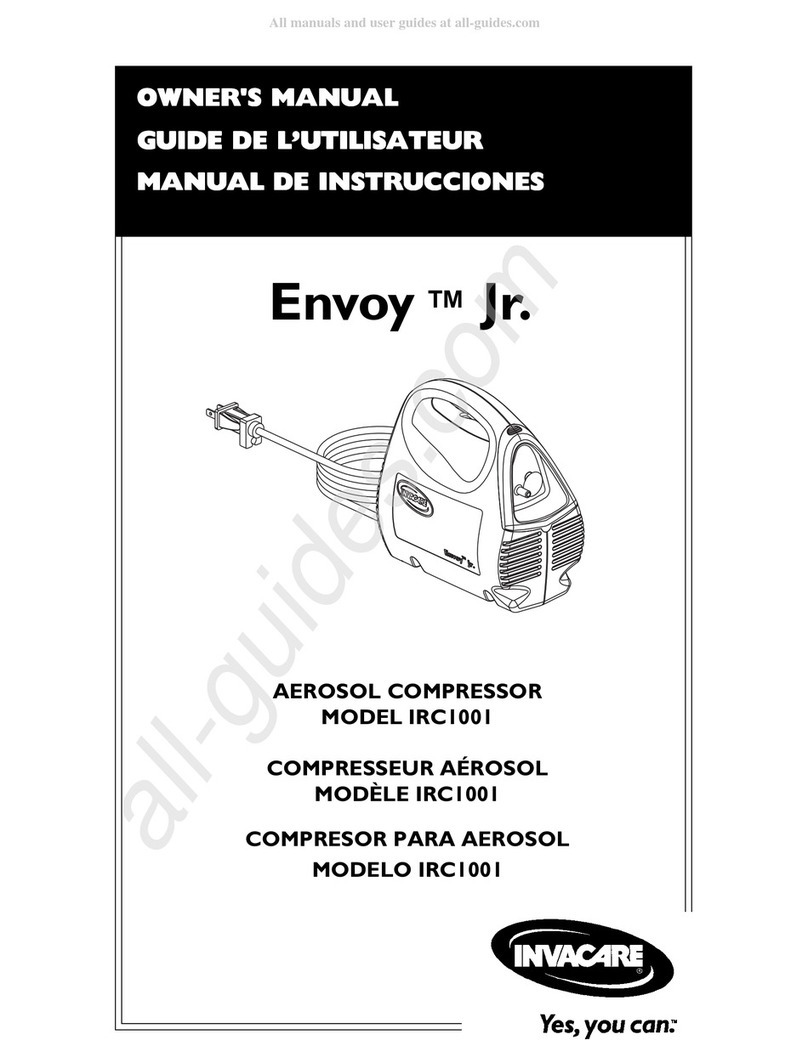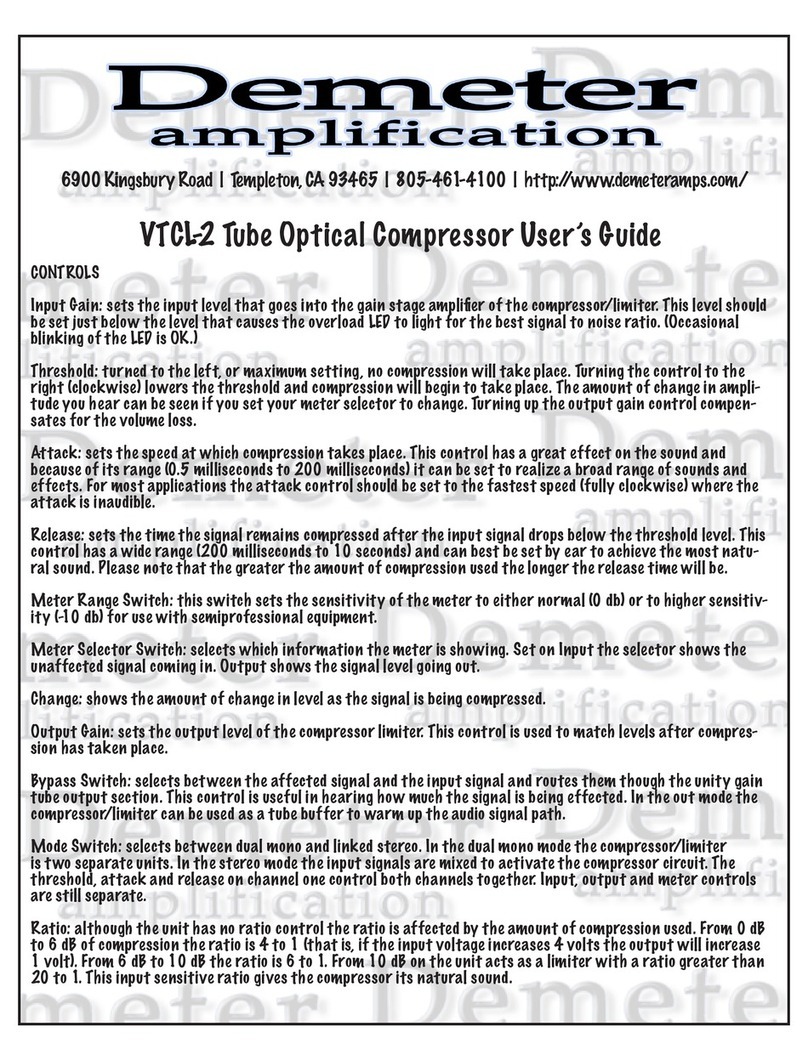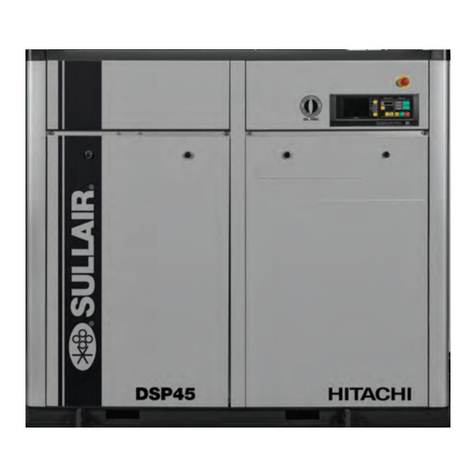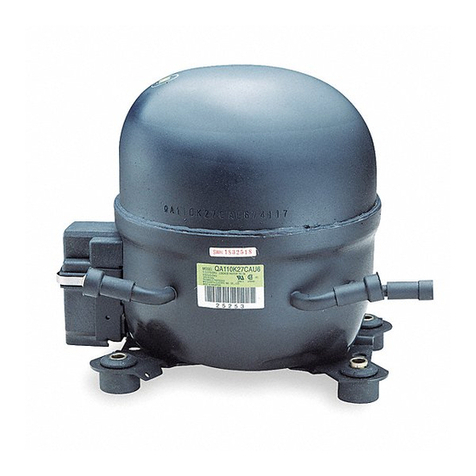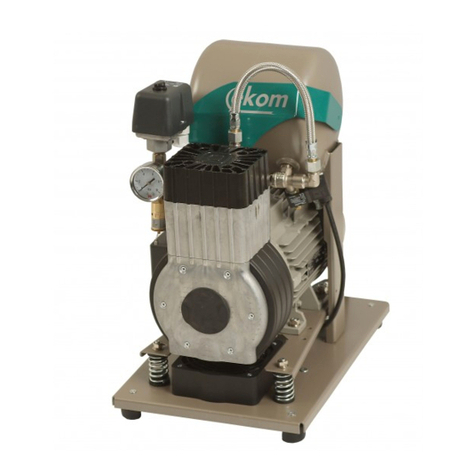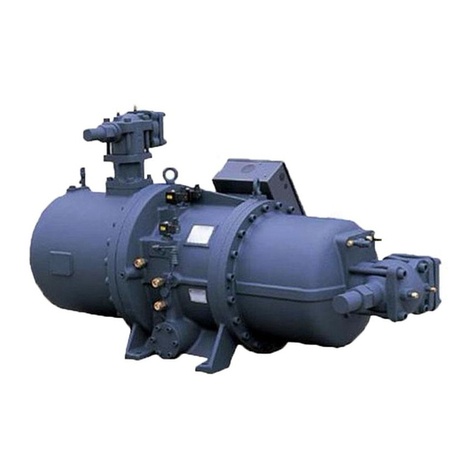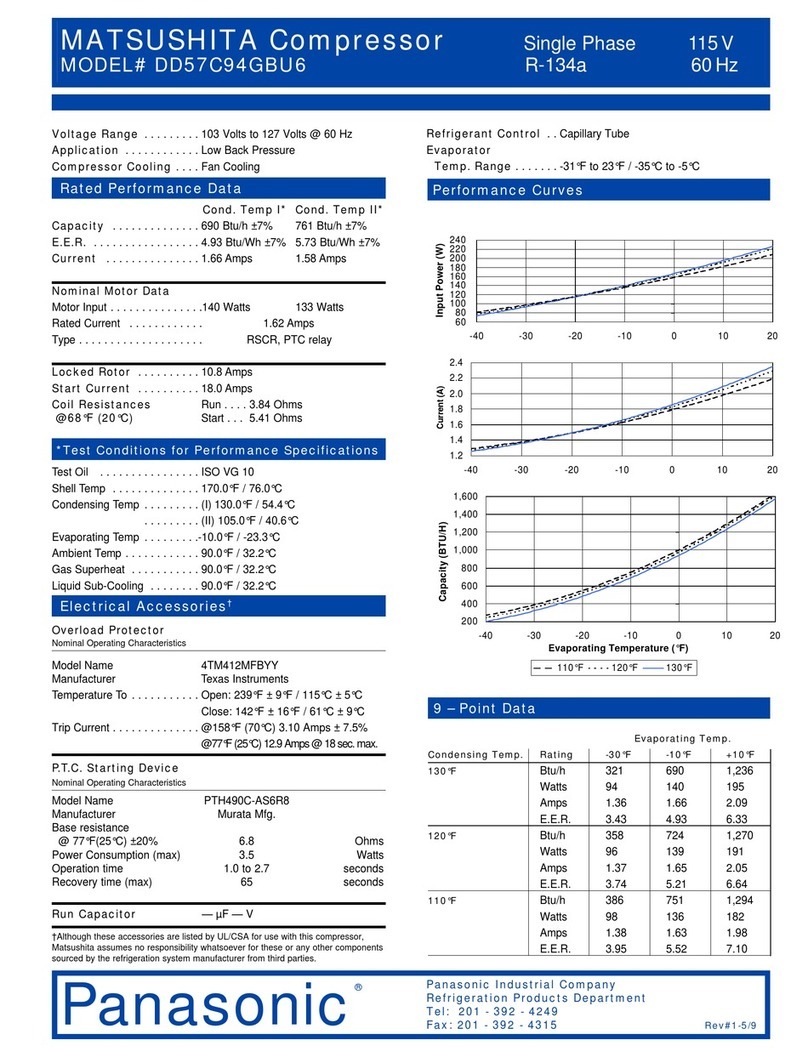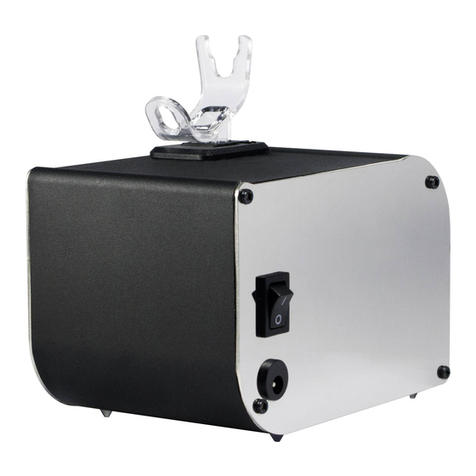
LYDKRAFT ApS
Mose Allé 20, DK 2610 Rødovre
Denmark
1
Owners manual
TUBE-TECH
CL 1B Compressor
DESCRIPTION.
The TUBE-TECH compressor CL 1B differs from many other compressors, in that the gain-
reduction element is made from a non-semiconductor element, which in itself has a very low
harmonic distortion and none of the non-linearity problems involved when using most
semiconductor elements. Furthermore there is no long-term degradation of the element thus
giving it almost infinite life. This element is placed after the input-transformer of the compressor
and followed by an all tube-based amplifier with a gain of - dB to +30 dB.
Thus the signal is not fed through any semiconductor circuitry on its way to the output.
The amplifier consists of two tubes (valves) in push-pull configuration (one ECC 83 as the
pre-amp and phase splitter, and one ECC 82 as the output stage), and an output transformer.
The power supply for the pre-amp and phase splitter are stabilized and the heaters of both tubes
(valves) are fed with a stabilized DC voltage.
The whole amplifier (including input and output transformer) and the power supplies are placed
on one PC-board.
Both input and output are balanced (600) and fully floating.
The in/out key switches the compressor in and out without clicks.
THE SIDECHAIN:
The side chain is the only part of the compressor that contains semiconductors. They are used
for three reasons: First they do not affect the sound reproduction, second they have a high slew
rate, which is of importance for the performance of the compressor and third they don't take up
much room.
It contains two J-FET quad op-amps, one npn-transistor and one FET-transistor, which handles
the signal for the gain-reduction element.
The compressor contains two time constants circuits:
1. Fixed attack and release times
2. Variable attack and release times
The attack/release select switch makes it possible to use these two circuits separately or
combine their functions.
This gives a feature not normally obtained in other compressors:
In the combined (fix. /man.) state the attack- and release controls make it possible to
obtain a complex release-time slope. (See page 4)
(140919 jgp)
